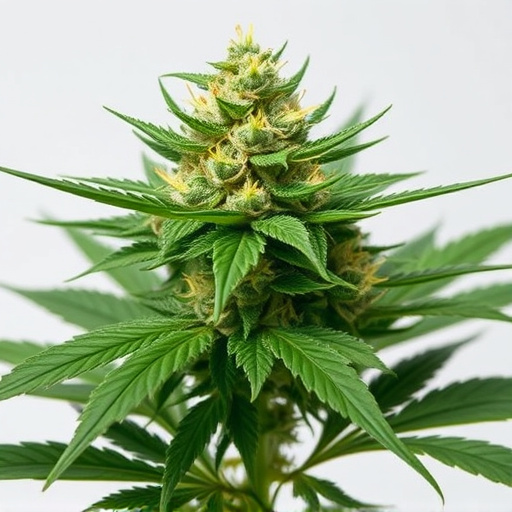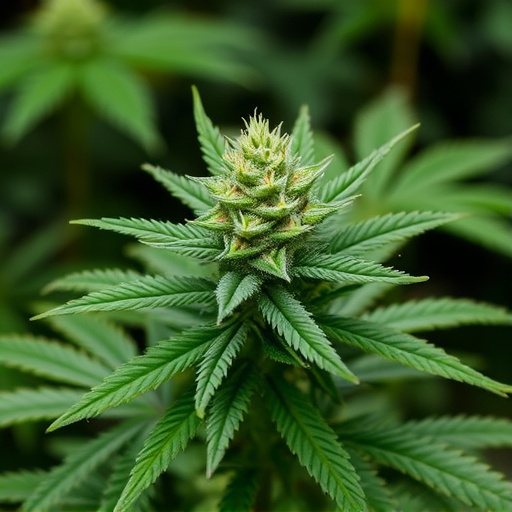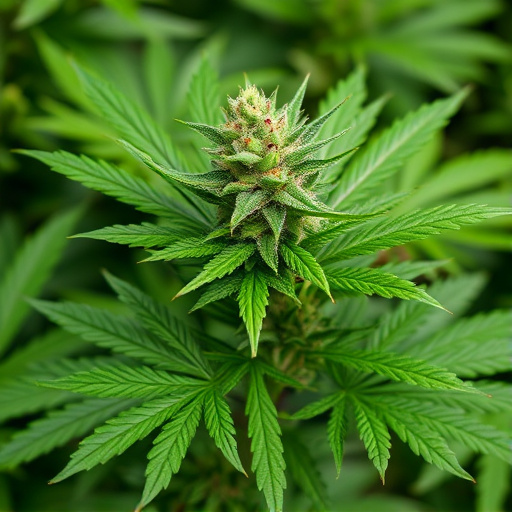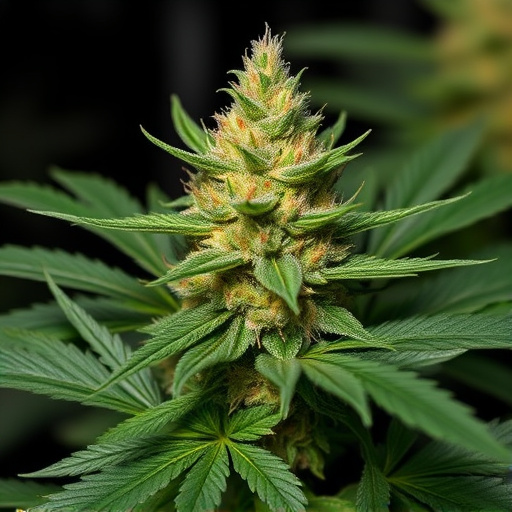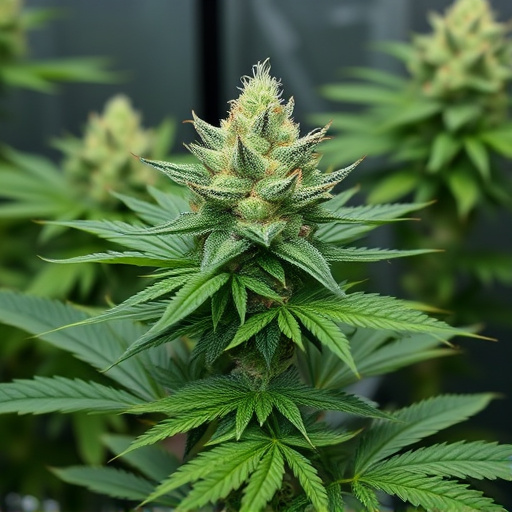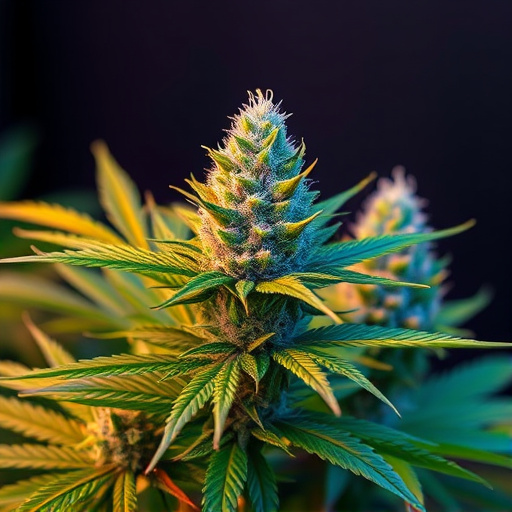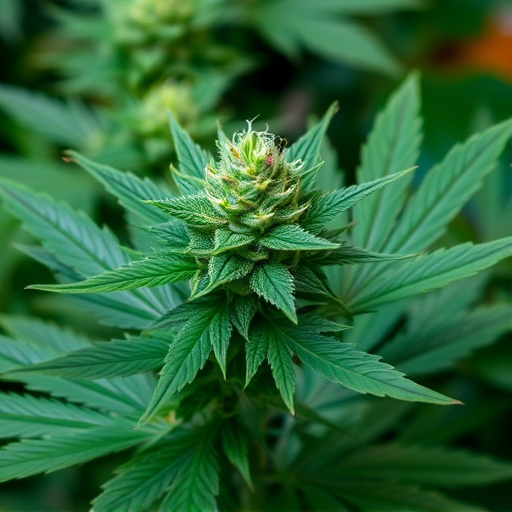The "munchies," or enhanced appetite stimulated by cannabis, are primarily driven by tetrahydrocannabinol (THC) interacting with our bodies' endocannabinoid system (ECS). Recent advancements in cannabis cultivation, including genetic modification and hybridization, have led to new strains with higher THC concentrations, amplifying appetitive effects. These modern strains, rich in specific cannabinoids like THC and CBD, influence hunger and taste perception, offering potential relief for conditions like anorexia or cachexia. The unique terpene profiles in these strains further complicate the ECS interaction, presenting a promising area of study for developing more effective treatments targeting poor appetite and nutritional deficiencies.
“Unraveling the ‘munchies’ phenomenon, we delve into the science behind cannabis’s effect on appetite. With a focus on the newest strains, this article explores how THC and the endocannabinoid system interact to stimulate cravings. As cannabis continues to gain popularity, understanding these mechanisms is key. We dissect the latest research, revealing insights into why some strains induce intense food cravings. Get ready to explore the fascinating interplay between potent new cannabis varieties and our culinary desires.”
- How Cannabis Affects Appetite: The Role of THC and Endocannabinoid System
- Newest Strains and Their Impact on the Munchies: A Closer Look
- Understanding the Science: Exploring the Mechanisms Behind Food Cravings Induced by Cannabis Use
How Cannabis Affects Appetite: The Role of THC and Endocannabinoid System
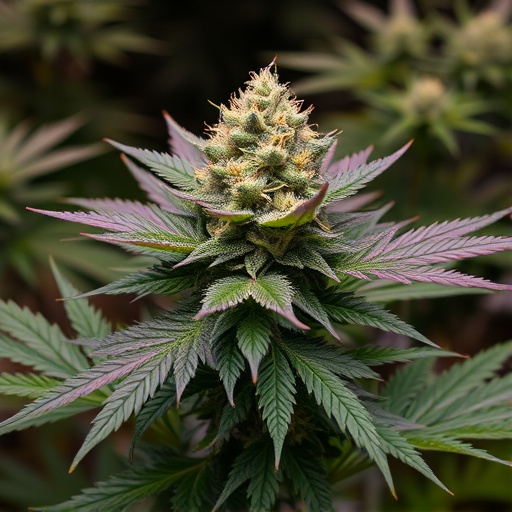
Cannabis has long been known for its ability to stimulate appetite, a phenomenon commonly referred to as the “munchies.” This effect is largely attributed to the interaction between cannabis and the human endocannabinoid system (ECS). The primary psychoactive compound in cannabis, tetrahydrocannabinol (THC), plays a pivotal role. When THC binds to ECS receptors, it triggers a cascade of events that enhance hunger.
The ECS is a complex signaling system within our bodies responsible for regulating various functions, including appetite, mood, and memory. By mimicking the effects of endocannabinoids naturally produced by our bodies, THC influences hunger signals, encouraging the brain to seek nourishment. As such, the latest strains of cannabis are increasingly developed with enhanced THC levels, intensifying this appetitive effect. This interaction between cannabis and the ECS offers a potential explanation for why many users experience heightened cravings when under the influence.
Newest Strains and Their Impact on the Munchies: A Closer Look
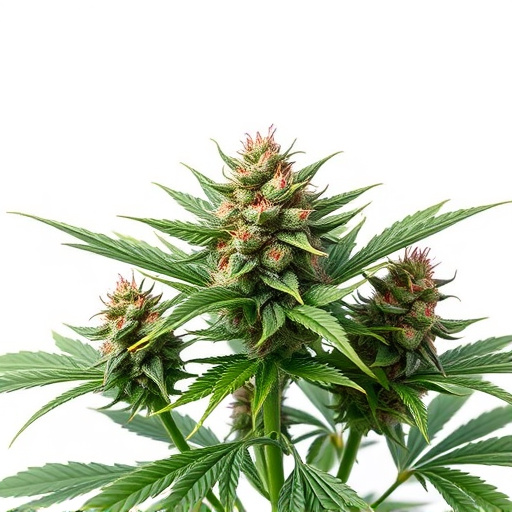
The newest strains of cannabis have significantly impacted the way we understand and experience “the munchies.” With advancements in cultivation techniques, genetic modification, and hybridization, modern strains offer a diverse range of effects, including enhanced appetite stimulation. Researchers have identified specific cannabinoids like THC and CBD that play pivotal roles in regulating hunger and taste perception. For example, high-THC strains are renowned for their potent appetite-inducing properties, making them popular among medical cannabis users seeking relief from conditions like anorexia or cachexia.
These novel strains often incorporate unique terpene profiles, further complicating the interaction between cannabinoids and our bodies. Terpenes, such as myrcene and linalool, can modulate the effects of cannabinoids, potentially enhancing or mitigating their appetite-stimulating properties. As such, the interplay between these chemical compounds presents an intriguing area of study, promising to unlock more effective treatments for conditions characterized by poor appetite and nutritional deficiencies.
Understanding the Science: Exploring the Mechanisms Behind Food Cravings Induced by Cannabis Use
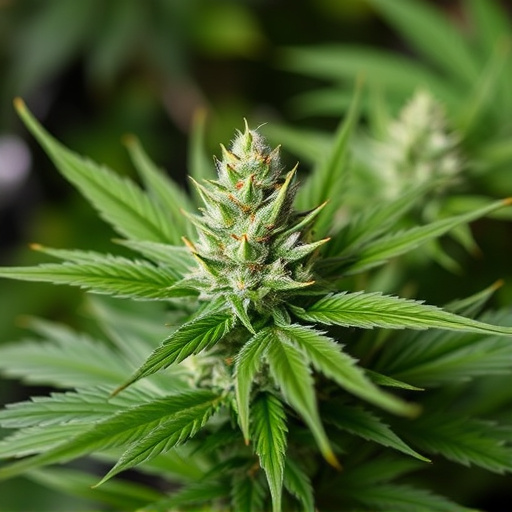
The science behind the “munchies,” or food cravings induced by cannabis use, reveals a complex interplay between our brains and bodies. When we consume cannabis, it interacts with our endocannabinoid system (ECS), which plays a crucial role in regulating appetite, mood, and memory. This interaction can trigger feelings of hunger and lead to an increase in food intake, particularly for high-calorie, high-fat foods—a phenomenon often associated with the effects of newest strains of cannabis.
Research suggests that specific cannabinoids, such as THC (tetrahydrocannabinol), stimulate certain areas of the brain related to pleasure and reward, enhancing food cravings. The ECS’s role in this process is multifaceted; it not only influences hunger signals but also affects taste perception and overall sensory experiences related to eating. Understanding these mechanisms provides valuable insights into why users often report intense appetites after consuming cannabis, leading to a growing interest in exploring the potential therapeutic applications for conditions like anorexia or weight loss associated with chronic illness.
In exploring the science behind the “munchies,” we’ve uncovered the complex interplay between cannabis, THC, and the endocannabinoid system. The impact of newer strains on appetite has unveiled intriguing mechanisms that explain why cannabis users often experience heightened food cravings. Understanding these processes not only satisfies curiosity but also empowers individuals to make informed decisions about their cannabis consumption, especially when it comes to choosing among the newest strains available in today’s market.




